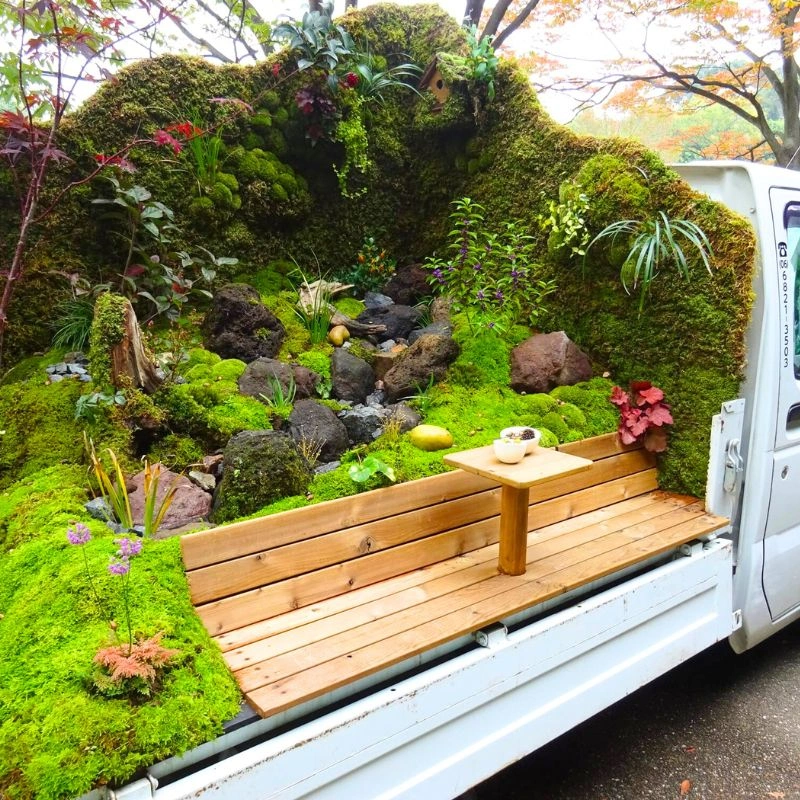Blueberries are easy to grow, highly productive, and are wonderful ornamental plants that produce beautiful flowers in spring, juicy fruits in summer, dazzling fall foliage, and colorful winter branches (see the 4 "Ps" below for tips on growing blueberries).
The Four "Ps" for Growing Blueberries
New varieties have been bred to be container-happy and some will bear loads of fruit in zones with fewer chill hours (typically zones 8-11). Another innovation is that they’re self-pollinating, so you don’t need to plant two different selections to get fruit. Because you’re planting them in containers and can provide for all their needs, even those without the naturally acidic soil that blueberries love can grow these plants. Fill your larger containers with these compact shrubs, and place them for easy picking. Open the back door, pluck a handful of ripe, sweet berries, apply to cereal bowl. 
BrazelBerries® Peach Sorbet™ Blueberry
A four-season showstopper that produces a bounty of delicious, sweet berries. Reaches up to 2 ft. tall and wide. (Zones 5-10)

BrazelBerries® Blueberry Glaze™ Blueberry
Compact, boxwood-like variety produces an abundant crop with intense wild blueberry flavor. Up to 3 ft. tall and wide. (Zones 5-8)

Bountiful Blue® Blueberry
Low chill variety that produces a big crop of large berries. Reaches up to 4 ft. tall and wide. (Zones 6-10)

BrazelBerries® Pink Icing™ Blueberry
Gorgeous spring foliage followed midsummer by large berries with robust flavor. Reaches up to 4 ft. tall and wide. (Zones 5-10)

BrazelBerries® Jelly Bean™ Blueberry
Produces bumper crops of large berries in midsummer on a very compact plant. Reaches up to 2 ft. tall and wide. (Zones 4-8)

On Location With the Experts
Four "Ps" for Container Success
Planting
- At least six hours of direct sun each day.
- Plant in organic acid soil mix (bagged for azaleas and hydrangeas).
- Apply organic fertilizer for acid plants in early spring or when planting.
- Water deeply and regularly as needed ( in warm months, this can be daily).
- Mulch with acid-producers such as pine needles, pine bark, true cypress.
Pruning
- Prune in late winter or early spring.
- Remove damaged, old, or dead stems – don’t be afraid to clip out up to a quarter or even a third of the bush.
Picking
- Watch carefully to make sure you pick before the birds do.
- If birds are a problem, cover pots with netting. Good news here is that birds are less likely to go after fruit in pots on patios.
Protecting
- In coldest regions, move pots into an unheated garage or sheltered spot; cover soil with a deep layer of mulch or swath entire plant in burlap or a blanket.
- Bring outside in spring when the threat of frost has passed.
Lead image courtesy of Fall Creek Farm. All other info and images via Monrovia.









